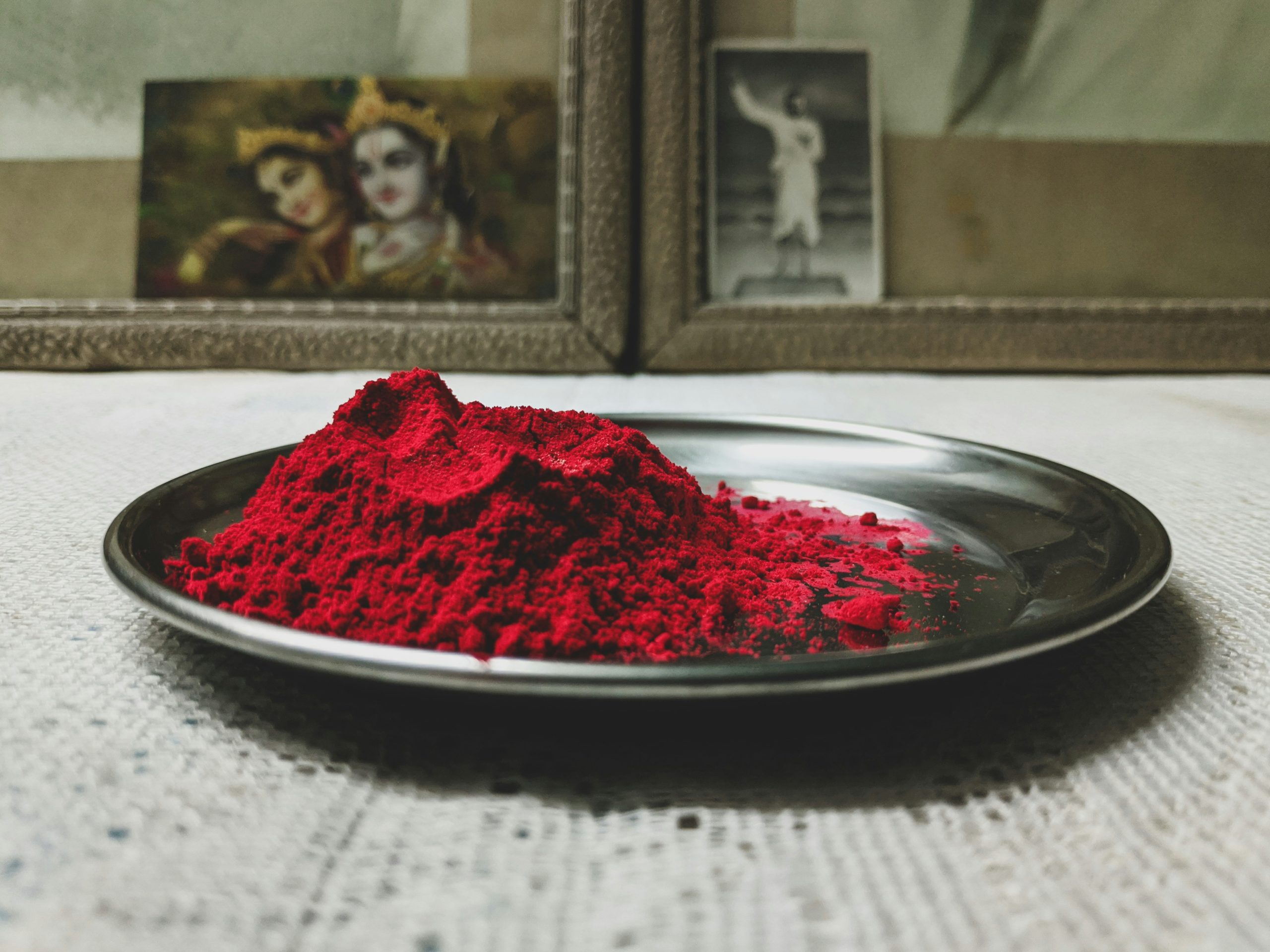
How to Apply Silicone Roof Sealant for Leaks and Extend Roof Life
Agnes
- 0
Your roof is your home’s first line of defense against the elements. It shields you from rain, snow, and harsh sunlight. Yet, it often receives little attention until a leak appears or damage becomes evident. Regular maintenance can extend its life significantly and save you from expensive repairs down the road.
If you’ve noticed water stains on your ceiling or damp patches in your attic, it’s time to act. One of the most effective solutions available is silicone roof sealant for leaks. This versatile product not only seals existing issues but also helps prevent future damage.
Ready to dive into how to apply this miracle worker? Let’s explore everything you need to know about maintaining your roof with silicone sealant!
Understanding the importance of roof maintenance
Roof maintenance is crucial for safeguarding your home. It protects against leaks, pests, and extreme weather conditions. A well-maintained roof enhances energy efficiency by regulating indoor temperatures.
Ignoring routine checks can lead to costly repairs or even a full replacement. Small issues, like loose shingles or minor cracks, can escalate quickly if left unattended.
Regular inspections allow you to catch problems early. Seasonal changes can affect the integrity of your roof, making it essential to inspect after storms or heavy snowfall.
Additionally, a healthy roof boosts your property’s value. Potential buyers are often wary of homes needing extensive repairs. Investing in maintenance sets you apart in the real estate market.
Taking care of your roof not only saves money but also provides peace of mind. Knowing that you’re protected from unexpected leaks allows you to focus on what truly matters—your family and comfort at home.
Types of roof sealants and why silicone is the best choice
When it comes to roof sealants, several options are available, each with its pros and cons. Acrylic sealants offer good UV resistance but can crack over time. Polyurethane is durable and flexible but may not be as easy to work with.
Silicone stands out as a top silicone roof sealant choice for various reasons. It adheres well to most roofing materials, creating a watertight seal that lasts longer than many alternatives. Its flexibility allows it to expand and contract with temperature changes without losing its effectiveness.
Another significant advantage of silicone roof sealant for leaks is its resistance to mold and mildew growth. This feature ensures your roof remains in optimal condition even in humid climates.
Additionally, silicone requires minimal maintenance once applied. These properties make it an ideal long-term solution for homeowners looking to protect their roofs and enhance overall durability.
Preparation before applying the sealant
Before you start applying silicone roof sealant for leaks, preparation is key to achieving a long-lasting repair. First, inspect the area thoroughly. Look for signs of wear, cracks, or any existing damage that needs attention.
Next, ensure the surface is clean. Remove dirt, debris, and old sealant using a stiff brush or pressure washer. A clean surface allows better adhesion of the new sealant.
Dry out the area completely before application. Moisture can interfere with bonding and lead to future issues.
If necessary, trim away damaged roofing materials around the leak to create a smooth working space. This will help ensure that your repairs are effective and durable.
Gather all your tools—safety gear included—like gloves and goggles. Having everything on hand makes for a smoother process as you work on sealing those pesky leaks effectively.
Step-by-step guide to applying silicone roof sealant for leaks

Start by selecting a dry, sunny day for your application. This ensures the sealant adheres properly.
Next, clean the area around the leak thoroughly. Remove dirt, debris, and any old sealant using a wire brush or putty knife.
Once cleaned, inspect the surface for damage. If there are loose shingles or significant deterioration, consider repairing those areas first.
Now it’s time to apply the silicone roof sealant. Squeeze out an ample bead along seams and cracks in a steady motion. Make sure it fills all gaps completely.
For larger leaks or holes, use a caulking gun to ensure precision and coverage.
After applying the sealant, smooth it down with your finger or a tool for an even finish. Allow it to cure as per manufacturer instructions before exposing it to moisture.
Tips for maximizing the effectiveness of the sealant
To maximize the effectiveness of silicone roof sealant for leaks, timing is crucial. Apply it on a clear day with low humidity to ensure optimal adhesion and curing.
Surface preparation is key. Clean the area thoroughly, removing dirt, debris, and old sealant. A clean surface ensures that the new sealant bonds properly.
Consider applying multiple thin layers instead of one thick layer. This method allows each layer to cure effectively while providing better coverage.
Use a caulking gun for precision application. It helps control the flow of sealant and reduces messiness around edges or seams.
After application, monitor weather conditions closely. Avoid rain or extreme temperatures immediately after sealing, as these can compromise performance.
Inspect your work once cured to check for any missed spots or areas needing additional attention. Regular checks will help maintain your roof’s integrity longer.
How often should you apply silicone roof sealant?

The frequency of applying silicone roof sealant largely depends on your local climate and the type of roofing material you have. Generally, it’s recommended to inspect your roof at least once a year.
If you live in an area with harsh weather—like heavy rain or intense sun—the need for reapplication may arise more often. In these conditions, checking for cracks or wear every six months can be beneficial.
Additionally, if you’ve noticed any leaks or water damage after storms, don’t wait for the annual check-up. Address issues promptly by applying a fresh layer of sealant to prevent further deterioration.
Pay attention to signs of aging on your roof as well. If it looks worn out or discolored, that might indicate it’s time to refresh the sealant layer before more serious problems develop. Regular maintenance will help prolong your roof’s life and performance effectively.
Conclusion: The benefits of regular roof maintenance and sealing with silicone
Regular roof maintenance is crucial for extending the life of your roof and preventing leaks. Silicone roof sealant plays a significant role in this process. By applying silicone sealant, you effectively create a waterproof barrier that protects against rain, snow, and other harsh weather conditions.
Using silicone not only addresses existing leaks but also helps to prevent new ones from forming. Its flexibility allows it to expand and contract with temperature changes without cracking or losing adhesion. This adaptability makes it an ideal choice for various roofing materials.
Proper application of silicone sealant ensures that your home remains safe and dry while reducing the need for costly repairs down the road. Consistent upkeep can save homeowners time, money, and stress over time.
By incorporating regular inspections and timely sealing into your maintenance routine, you empower yourself to take charge of your home’s longevity. Embrace the benefits of preventive care today!


